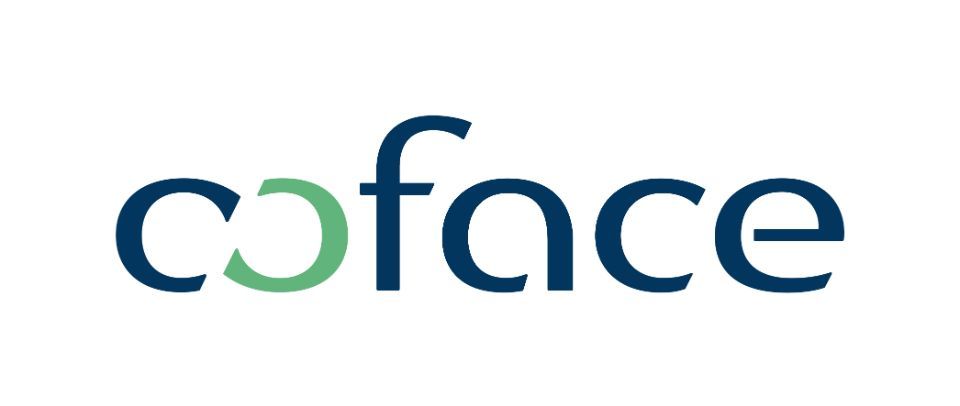Coface: Insolvencies in Romania decreased by 13 percent in 2020, at the minimum of the last decade

The most recent study by Coface Romania shows that in 2020, 5,564 new insolvency proceedings were opened, with 13 percent below the level registered in the previous year. Last year also reported the minimum of the last decade in terms of payment incidents (only RON 2.2 billion, -29 percent vs. 2019).
All these positive developments are exceptional, given that they were recorded in a year with the most severe economic contraction of the last decade in the context of the Covid-19 pandemic, Coface says.
The financial losses caused by insolvent companies in 2020 were almost RON 3 billion, 5 times below the corresponding level of 2015 and the lowest in the last 10 years. At the same time, the number of jobs reported by insolvent companies during 2020 is below the 20,000 threshold for the first time in the last decade.
Also, there is a gradual decrease of insolvent companies with revenues over EUR 0.5 million (medium and large), only 301 companies in 2020, compared to 444 in 2019. In addition, Romania registered only 16 insolvent companies for each 1,000 companies with revenues over 1,000 EUR / month (active companies). Thus, Romania is approaching the regional average from the perspective of insolvencies reported to 1,000 active companies, respectively 11, after continuously leading this regional top in the last decade.
“Last year revealed an atypical and paradoxical mix for the business environment. Measures on social distancing in the context of the Covid-19 pandemic have generated significant negative effects on the business environment. Despite this, insolvencies have decreased to an all-time low and the business regeneration ratio looks good, recording the fewest business interruptions compared to newly registered companies. On one hand, this development shows the high effectiveness of support measures, which must be gradually migrated from subsidy to investment incentives and facilitating access to capital. On the other hand, I believe that this year will bring additional challenges for the return to widespread growth of companies, due to additional indebtedness, the rollover of last year’s frozen loans and wage pressures”, declared Iancu Guda, Services Director, Coface Romania.
Sectorial and regional distribution of insolvencies
Most insolvencies opened in 2020 were registered in the wholesale and distribution sector (905), followed by construction (810) and retail trade (807). The share of the first 3 sectors that registered the most insolvency cases varied over the last 5 years between 50 percent – 54 percent, and for the first 5 sectors between 65 percent – 70 percent.
When analyzing the number of insolvencies compared to the total number of active companies in the respective sector, a series of atypical evolutions can be observed. The most affected sector is the manufacturing of textiles, clothing and footwear, which recorded an insolvency rate of 64 companies per 1,000 active companies, 4 times the national average. The construction sector is in the top of insolvencies related to active companies, although it registers an increase of almost 20 percent in the volume of construction as well as new loans granted to the population for the purchase of a home.
The territorial distribution of insolvency cases in 2020 has not undergone significant changes compared to the situation in the previous year. Of all the regions, Bucharest stands out with the sole increase in insolvencies during 2020, respectively by 9 percent compared to 2019. At the opposite pole, the largest decreases are recorded in S-W (-30 percent) and S (-23 percent) regions.
“The business environment faced an unprecedented challenge in 2020, the lockdown measures imposed by the Covid-19 pandemic generating a sudden economic blockage and a significant recession. Despite these developments, broad and rapid intervention through support schemes has kept the level of liquidity in the market so that insolvencies have fallen to the lowest level in the last decade and the financial losses of insolvent companies have fallen also substantially. For 2021, however, we anticipate an increase in insolvencies regardless of the scenario we apply to the economic recovery, both as a basic effect, given the level of 2020, but also as a consequence of the fact that, despite liquidity injection, losses in certain sectors were real and significant. It is important that the business environment’s approach to risk remains realistic and pragmatic. Coface will continue to be actively involved, as a provider of credit risk management services, but also through entrepreneurial education initiatives in this regard”, added Eugen Anicescu, Country Manager, Coface Romania.
Radiography of the business environment
Analyzing the evolution for 2020, compared to the previous year, a very favorable situation is observed in terms of the business environment development. Basically, the ratio between discontinued companies and newly established ones fell to only 1.19, the lowest level in the last decade and almost twice below the average recorded in 2010-2020.
The number of companies that stopped operating in 2020 drops to almost 94,000, being for the first time in the last 10 years below the threshold of 100,000 and registering the largest contraction in the analyzed period, respectively 41 percent. At the same time, the number of newly registered LTD companies decreased in 2020, registering a contraction of 12 percent.













